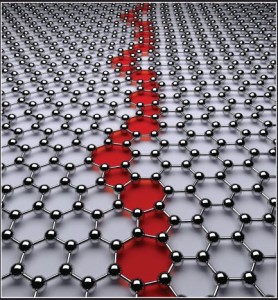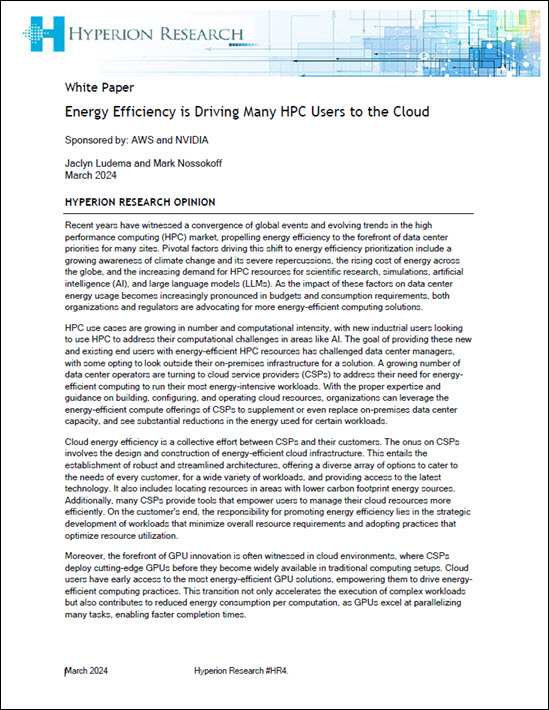
Graphene grain boundary
structure between armchair and
zigzag graphene regions. The
red transparent region marks the
interface between the two grains,
forming a continuous chain of
pentagons and heptagons in the
otherwise pristine graphene.
Designing materials atom-by-atom has long been a science fiction dream. Georg Schusteritsch and Chris Pickard of the University of Cambridge are bringing science fiction one step closer to reality using the UK National Supercomputing Facility, ARCHER to reveal the interfaces forming within and between materials.
“We have developed a general first-principles approach to predict the crystal structure of interfaces in materials, a technique that represents a major step towards computationally developing materials with specially designed interfaces.”
Designing materials computationally shortens the time and decreases the cost of the R&D cycle to commercialization. Using ARCHER Schusteritsch and Pickard have developed a new approach to designing next-generation materials: Their approach allows them to consider ‘imperfections’ in polycrystalline materials and interfaces between two different materials. Both are of great importance to the properties of materials and often relied on by state-of-the-art devices such as computers and smartphones.
Using this new technique, currently implemented in the structure prediction code AIRSS and interfaced with the High Performance Computing Software package, CASTEP, material designers will be able to understand a new range of materials crucial to the optoelectronics and microelectronics industries before building them: providing the opportunity to study thousands of different crystal structures to find the perfect product at a greatly reduced cost.
Due to the large number of atoms involved in interface structure prediction, the computational cost is significantly greater than that for structure prediction of simpler defect-free materials rather than these more complex interfaces. Without the computational resources available from ARCHER, much of this work would not be possible.
It is envisioned that with increasing computational resources, ever more complex systems can be addressed and studied purely computationally, thereby leading to a stand-alone purely theoretical approach to “Interfaces by Design”. This has the potential to bring significant savings to industry and improvements to a wide range of technologies.
For full details see the case study.
Sign up for our insideHPC Newsletter




